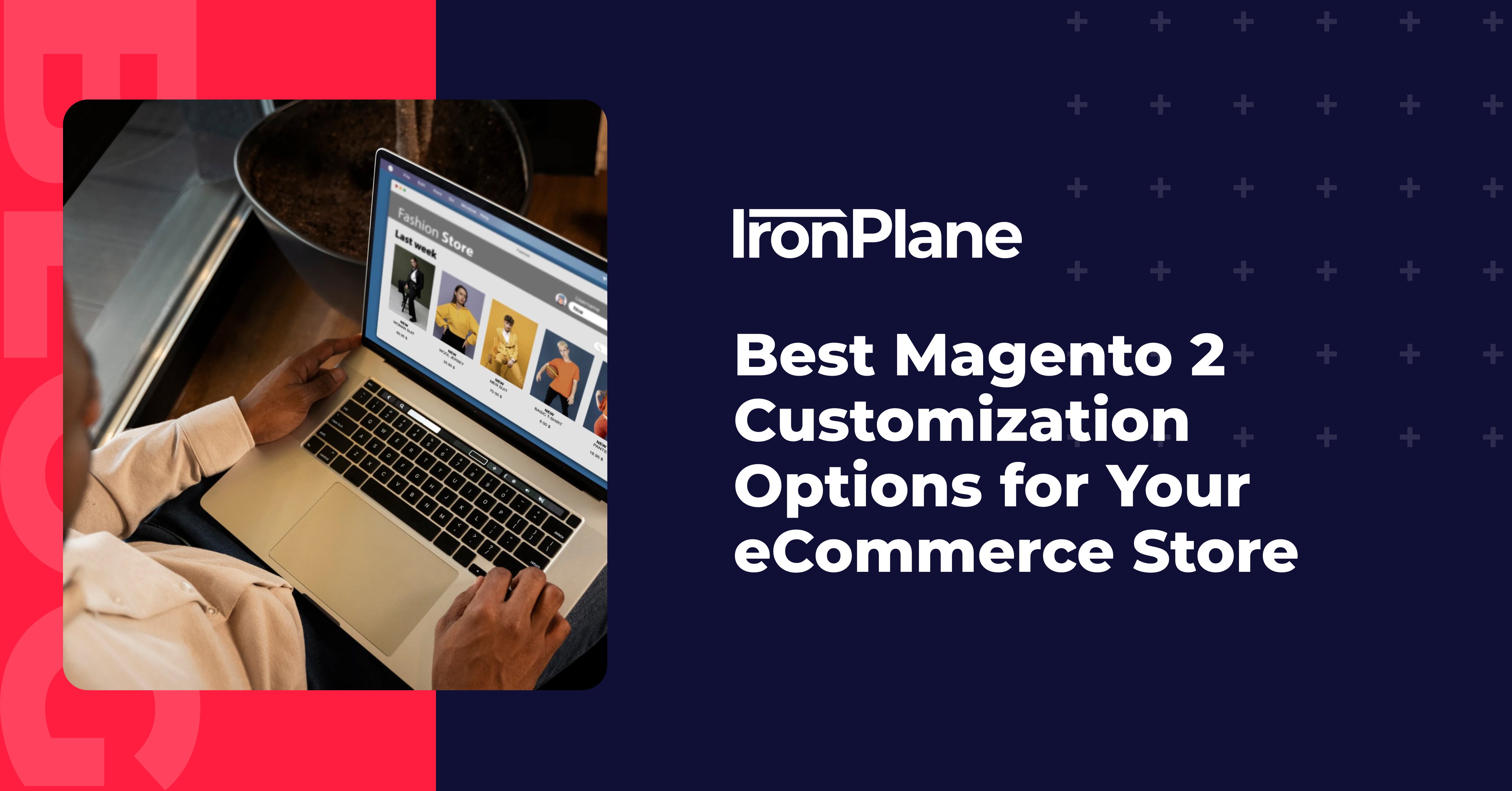Best Magento 2 Customization Options for Your eCommerce Store
Magento 2 is one of the most flexible eCommerce platforms you can choose for your online store. What makes it really shine is how much you can change it to fit exactly what your business needs.


 Robert Giovannini
Robert Giovannini




